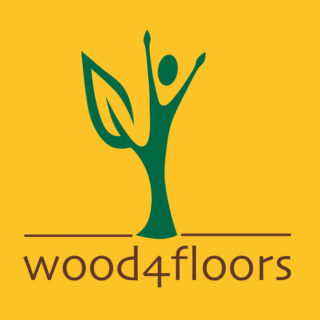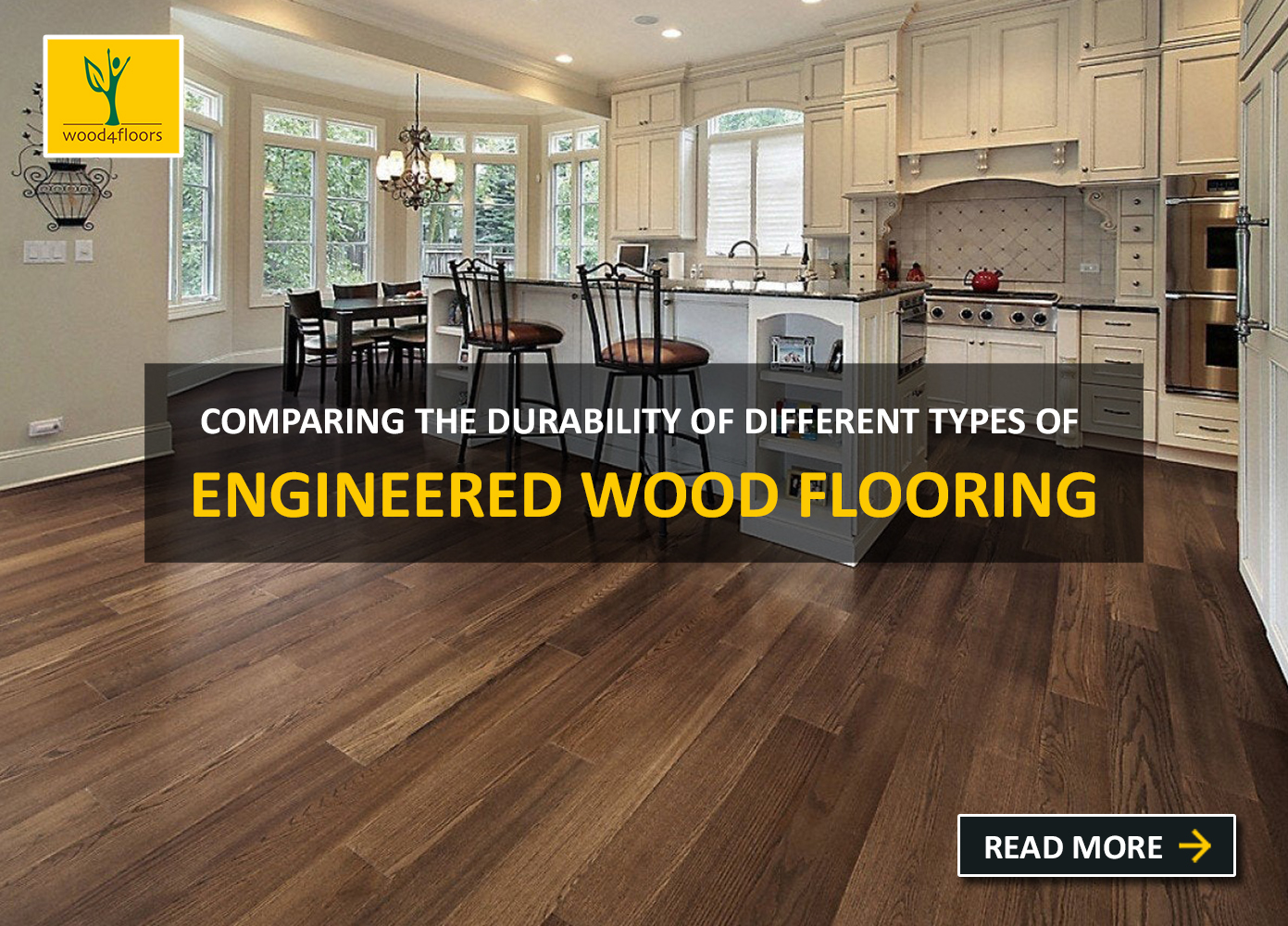Engineered wood flooring has become a popular choice for homeowners looking for the beauty of hardwood flooring with added durability and affordability. However, not all engineered wood flooring is created equal when it comes to durability. In this blog post, we’ll compare the durability of different types of engineered wood flooring to help you make an informed decision for your home.
1. Laminate Flooring
Laminate flooring is a popular choice for homeowners due to its affordability and durability. It’s made up of several layers of material, including a high-density fiberboard core, a printed design layer, and a protective wear layer. The wear layer is what makes laminate flooring so durable, as it’s designed to resist scratches, scuffs, and stains.
While laminate flooring is generally more durable than traditional hardwood flooring, it’s not completely immune to damage. Heavy furniture or sharp objects can still scratch or dent the surface, and it’s not recommended for areas with high moisture levels, as the fiberboard core can absorb water and warp over time.
2. Engineered Hardwood Flooring
Engineered hardwood flooring is made up of a thin layer of real hardwood on top of a plywood core. This construction gives it the appearance and feel of traditional hardwood flooring, with added durability and stability. Engineered hardwood flooring is resistant to warping, cracking, and twisting, making it a great choice for high-traffic areas of the home.
However, the durability of engineered hardwood flooring can vary depending on the quality of the materials used. Cheaper versions may have a thinner wear layer, which can be more prone to scratches and damage over time.
3. Luxury Vinyl Plank Flooring
Luxury vinyl plank (LVP) flooring is a newer type of engineered flooring that’s quickly gaining popularity due to its durability and versatility. It’s made up of several layers, including a core layer of PVC, a printed design layer, and a protective wear layer.
LVP flooring is incredibly durable, with a wear layer that’s resistant to scratches, scuffs, and stains. It’s also completely waterproof, making it a great choice for areas with high moisture levels, such as bathrooms and kitchens. Additionally, LVP flooring is easy to maintain and can be installed over most existing flooring, making it a cost-effective option for homeowners.
Conclusion:
When it comes to the durability of different types of engineered wood flooring, there’s no one-size-fits-all answer. It’s important to consider factors such as the quality of materials used, the thickness of the wear layer, and the level of moisture resistance when choosing the right flooring for your home. While laminate flooring, engineered hardwood flooring, and luxury vinyl plank flooring all offer increased durability over traditional hardwood flooring, each type has its own strengths and weaknesses. By weighing these factors and choosing the right flooring for your home, you can enjoy beautiful and durable floors for years to come.


